STRUCTURAL STEEL PROFILES (STEEL BEAMS)
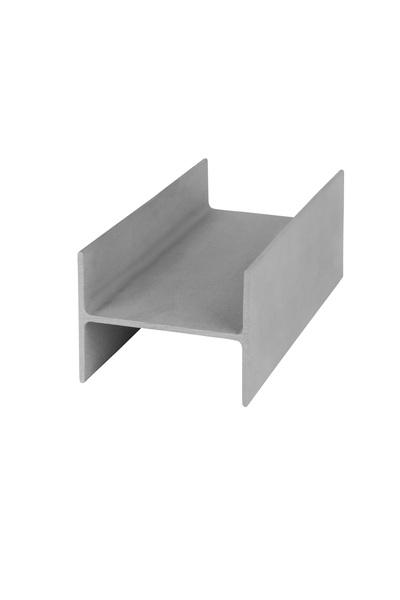
Wide Flange Beam (WFB)
Wide Flange Beam (WFB)
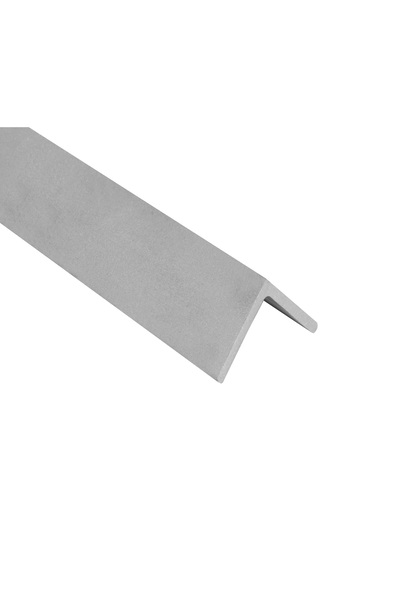
Equal Angles
Equal Angles
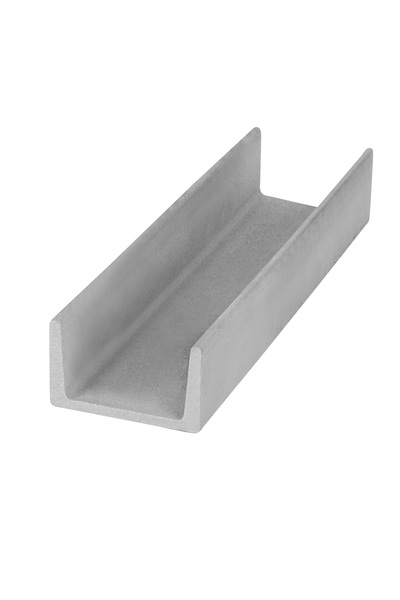
U Channel / C Channel
U Channel
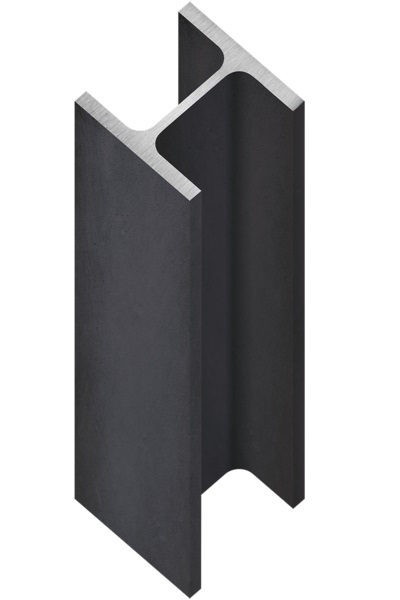
HEA / HEB Profile
HEA / HEB Profile
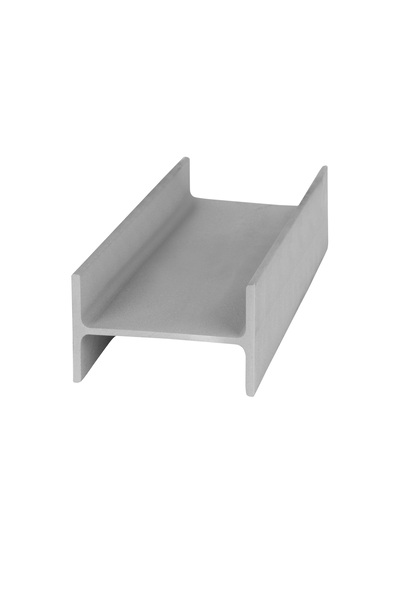
IPE Profile
IPE Profile
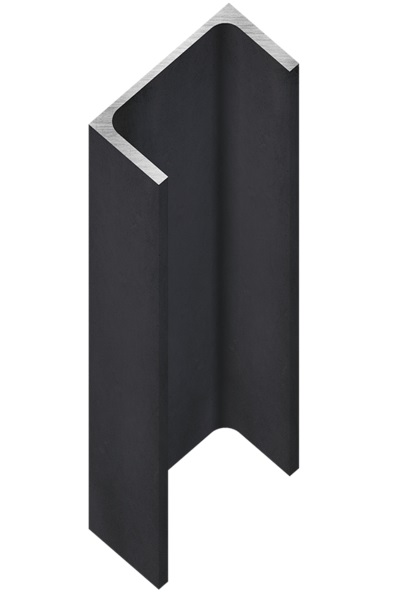
UPE Profile
UPE Profile
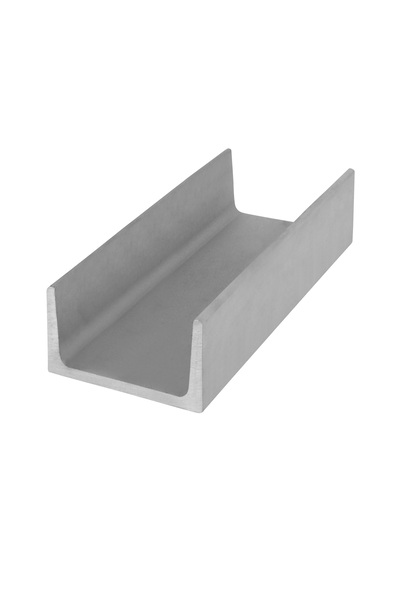
UPN/UAC Profile
UPN / UAC Profile
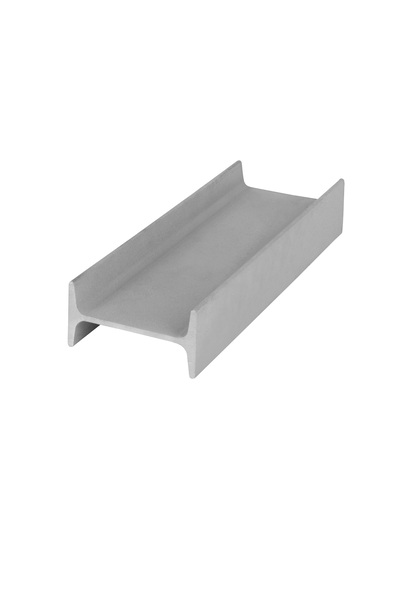
IPN / RSJ PROFILE
IPN / RSJ Profile
Steel Beam : A Strong Foundation for Construction
In the world of construction and engineering, the backbone of structural integrity often rests upon the use of steel profiles. These versatile components provide vital support, stability, and load-bearing capacity, ensuring the safety and durability of a wide range of projects. Among the various types of steel structural profiles, IPE, UNP, C Channel, and WFP profiles stand out for their unique characteristics, production processes, and adherence to stringent quality standards.
Types of Steel Structural Profiles:
- IPE Profiles (I-Beams): IPE profiles, often referred to as I-beams, are recognized by their iconic “I” shape. These profiles excel at bearing heavy loads and are commonly used in construction for their exceptional strength and stability. The design of IPE profiles allows them to distribute weight evenly, making them ideal for applications such as building frames and bridge construction.
- UNP Profiles (U-Channels): UNP profiles, also known as U-channels, feature a distinctive “U” shape. These versatile profiles offer exceptional support and bracing capabilities, making them a fundamental component in construction. UNP profiles are used in a variety of applications, including as purlins in roofing structures and for reinforcing wall panels.
- C Channel Profiles: C channel profiles, characterized by their “C” shape, are widely employed in construction and industrial settings. They provide reliable support and are often used as framing elements, as well as for securing various building components. C channel profiles are known for their adaptability and load-bearing capacity.
- WFP Profiles: WFP profiles, with a unique and versatile design, are often used in applications where greater stability is required. Their wide-flange design allows them to resist bending and shearing forces effectively. WFP profiles are suitable for a range of projects, including constructing robust frames and providing structural support.
Production Process:
The production of steel beam, regardless of type, typically involves the following steps:
- Selection of Raw Materials: High-quality steel, often in the form of steel billets or slabs, is carefully selected as the starting material. The specific grade of steel is chosen based on the intended application and required load-bearing capacity.
- Heating and Shaping: The selected steel is heated in a furnace until it reaches a malleable temperature. It is then passed through a series of rollers, where it is shaped into the desired profile, whether it’s IPE, UNP, C channel, or WFP.
- Cooling and Straightening: The newly formed profiles are then cooled to room temperature to solidify their shape. After cooling, they may undergo straightening to ensure precision dimensions and eliminate any imperfections.
- Cutting and Length Adjustments: The profiles are cut to the required lengths, adhering to the specifications of the project they will be used in.
- Quality Control: Throughout the production process, quality control measures are applied to ensure that the profiles meet rigorous industry standards. These measures may include testing for strength, straightness, and dimensional accuracy.
Quality Standards:
Steel structural profile, steel beam must adhere to a range of quality standards to ensure their reliability and safety in construction and engineering. These standards often include:
- EN (European Norm) Standards: These standards, issued by the European Committee for Standardization (CEN), provide guidelines for steel structural profiles’ dimensions, tolerances, and mechanical properties.
- ASTM (American Society for Testing and Materials) Standards: ASTM standards are widely used in the United States and globally, setting criteria for the physical and mechanical properties of steel profiles.
- ISO (International Organization for Standardization) Standards: ISO standards ensure consistency in the design, production, and performance of steel structural profiles, allowing for international compatibility.
- National Standards: Different countries may have their own specific standards for steel profiles, ensuring that they meet local building codes and safety regulations.
In conclusion, steel structural profiles, steel beam, including IPE, UNP, C channel, and WFP profiles, play a pivotal role in construction and engineering by providing essential support, stability, and load-bearing capabilities. The production process involves selecting high-quality steel, shaping, cooling, and rigorous quality control measures. Adherence to stringent quality standards, such as EN, ASTM, ISO, and national codes, ensures that these profiles meet the highest safety and performance criteria, making them a reliable and fundamental component in construction projects of all sizes and complexities.
